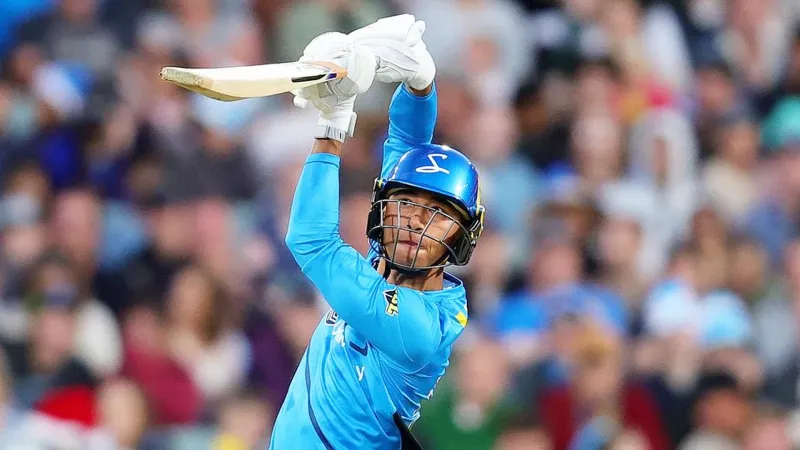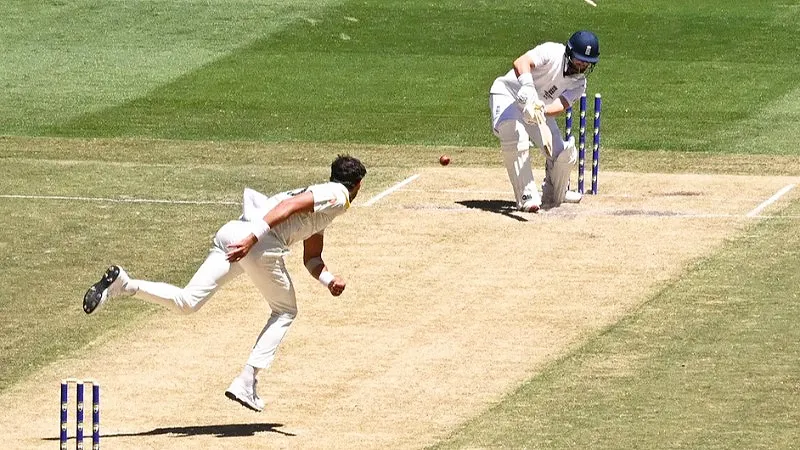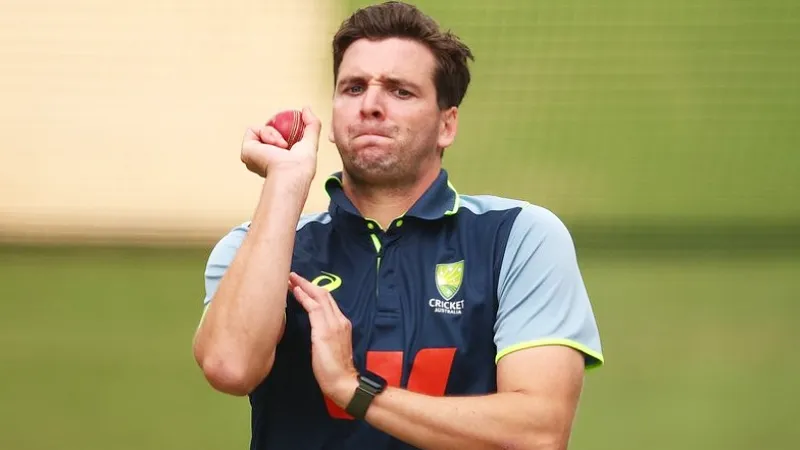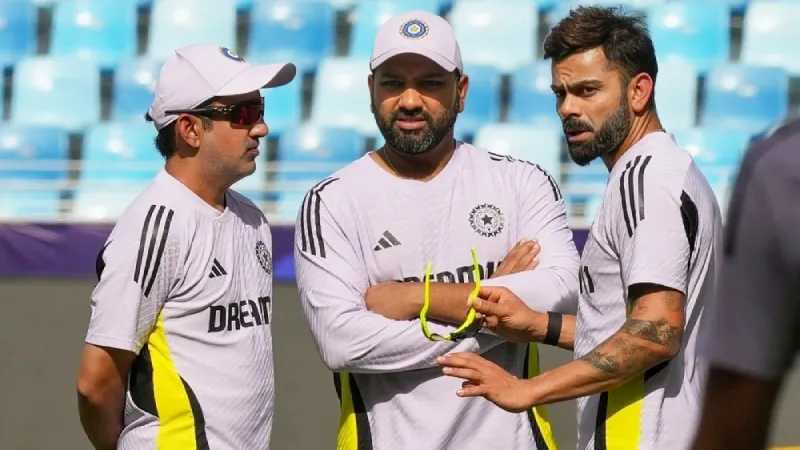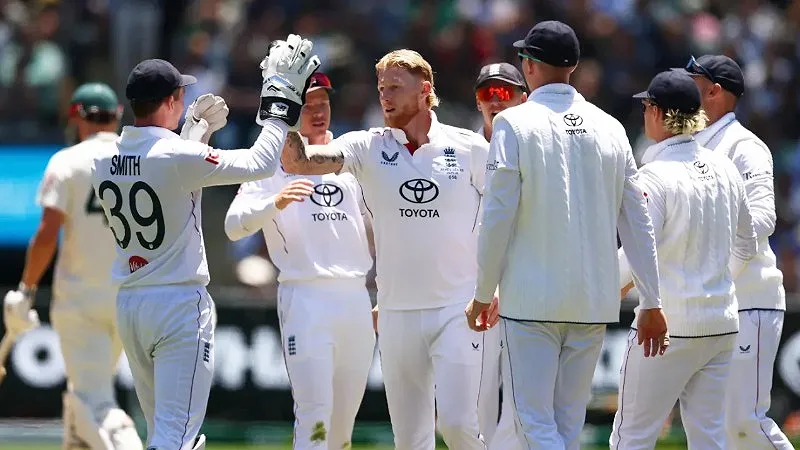Ball drama in cricket? Nothing new. But when the ball becomes the story in a Lord’s Test match—overshadowing even a century from Joe Root—you know something’s gone off the seam. From unexpected mid-over ball swaps to passionate chats with umpires, the second day of the England-India Test turned into a cricketing subplot no one saw coming. As the Duke’s ball kept failing the “ring test” like a rebellious teenager skipping class, Root offered a solution that’s got fans and pundits buzzing: cap the number of ball change requests per innings.
When the Ball Becomes the Villain
To be clear, cricket balls are meant to be uniform. In 10.3 overs, India replaced a cricket ball, which swung spectacularly like a boomerang, 2.6x swing of the dull substitute. And that wonder ball had even enabled Jasprit Bumrah to take three wickets in just 14 deliveries. So, it was not surprising when the wonder ball was removed from play, India’s captain, Shubman Gill, was nowhere near a happy camper.
And it didn’t stop there. Just eight overs later, another replacement ball bit the dust. You’d expect that kind of turnover from shoes at a fast bowler’s net session, not official match balls at Lord’s. Enter Dukes’ Managing Director Dilip Jajodia, who blamed the unusually hot summer, powerful modern bats, and the unpredictable nature of handmade balls. Fair excuses, maybe. But in the middle of a match? Still frustrating.
Root’s Fix: Three Ball Changes Per Innings
Cue Joe Root—part-time spinner, full-time statesman. After the match, Root didn’t have a go at anyone but did say perhaps there could be a tweak that could save a game: an appeals system for change of ball. Each side has one appeal to change the ball three times every 80 overs. That’s it. No infinite appeals, no interruptions.
And it makes sense. Currently, teams can appeal for a change whenever they think the ball’s out of shape. But Root’s point is that it eats into the rhythm of the game and kills time, especially when umpires keep rejecting appeals only to later accept one. His idea? Let teams be strategic about when to push for a new ball. Want a better one? Use a challenge. But use it wisely.
Even more, Root’s proposal puts some responsibility back on the teams, and not just the ball manufacturers. It’s a bit like the DRS system: use your appeals smartly, or deal with the consequences.
Adapt or Complain: The Bumrah Approach
On the other side, Jasprit Bumrah took a more stoic stance. The man had just wreaked havoc with the original ball, only to be handed a dud—and still, he didn’t complain. At least, not openly. Instead, he sidestepped controversy like a Yorker missing the bat, noting that in all his previous England tours, ball swaps were never this frequent.
While it may sound a bit cavalier from Bumrah, it also has to indicate the bigger issue – inconsistency. If the balls hold up in some conditions (I would bet England have not had many 30° days!), we are ultimately going to have to rethink our design or manage our players differently.
Root had a similar thought; yes, the balls may behave differently, but some of the beauty of cricket is in the nuance and little adjustments.
And as this saga rolls on, we’re left wondering: Is it time cricket treated the ball like it treats DRS? Limited, strategic, and part of the game’s evolving tactics? Or should we just keep trusting the “ring test” and pray the next batch of Dukes gets its act together?
Let us know what you think—does Root’s rulebook deserve a place in the MCC Laws someday?
For more, visit JeetBuzz News to read our quality Cricket Blog updates. Explore if you want to reminisce and enjoy all of your favourite cricket players and nostalgic match moments. To ensure that you never miss out, keep updated and join in the fun!




